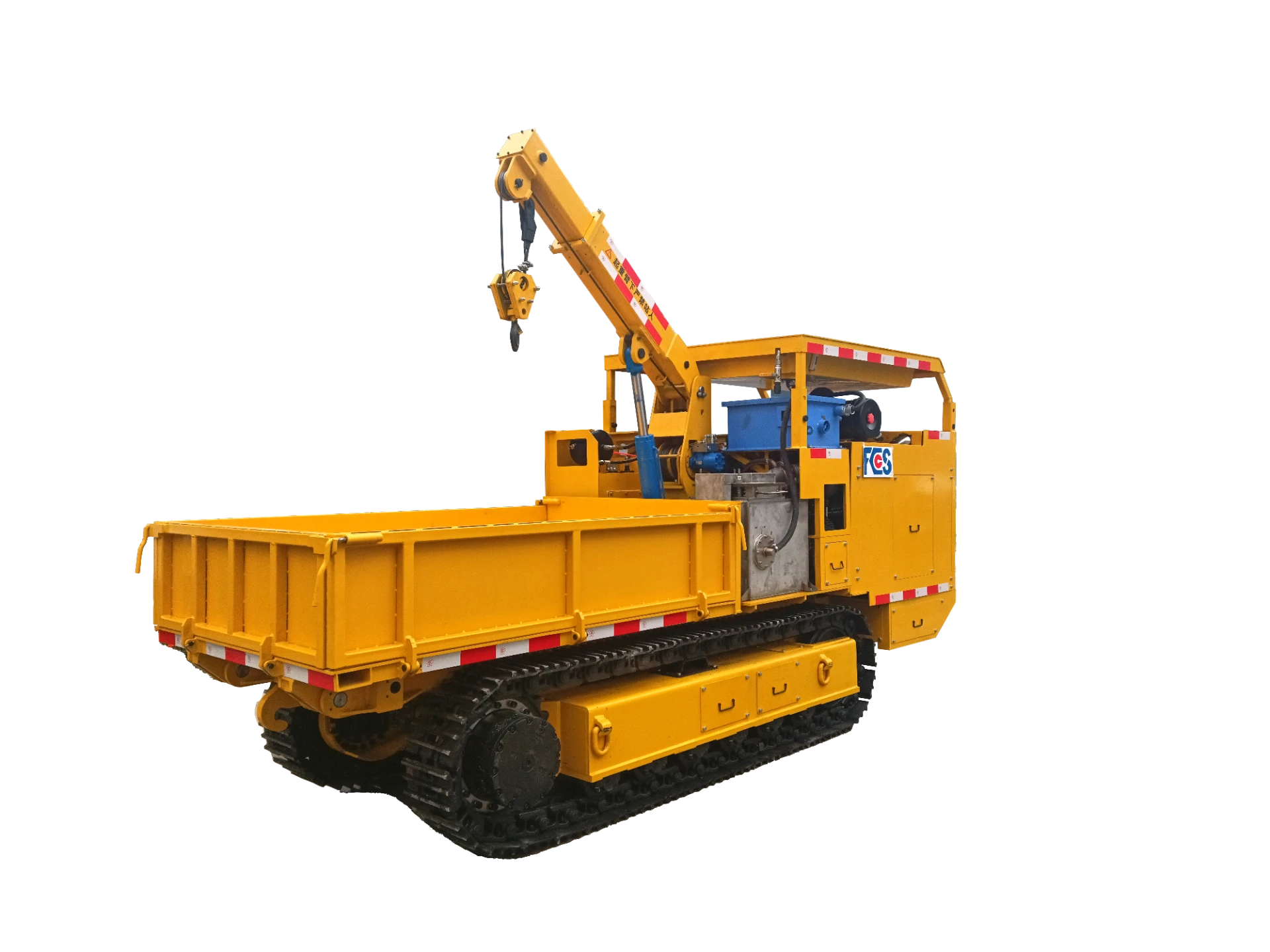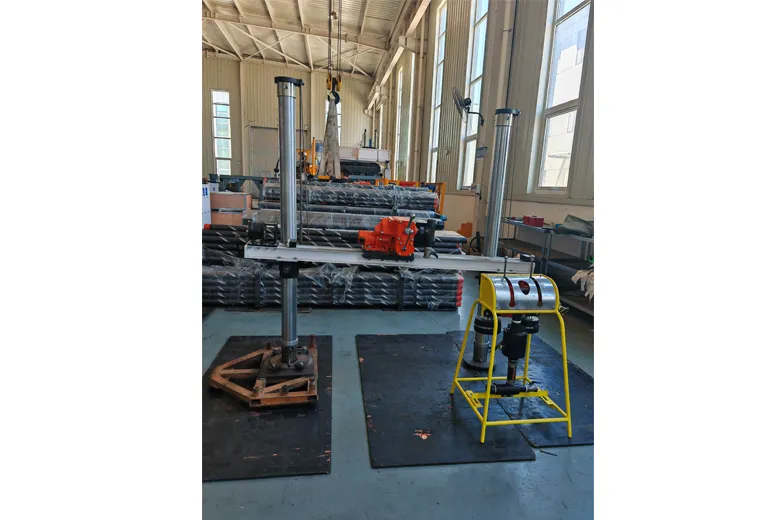- Afrikaans
- Albanian
- Amharic
- Arabic
- Armenian
- Azerbaijani
- Basque
- Belarusian
- Bengali
- Bosnian
- Bulgarian
- Catalan
- Cebuano
- Corsican
- Croatian
- Czech
- Danish
- Dutch
- English
- Esperanto
- Estonian
- Finnish
- French
- Frisian
- Galician
- Georgian
- German
- Greek
- Gujarati
- Haitian Creole
- hausa
- hawaiian
- Hebrew
- Hindi
- Miao
- Hungarian
- Icelandic
- igbo
- Indonesian
- irish
- Italian
- Japanese
- Javanese
- Kannada
- kazakh
- Khmer
- Rwandese
- Korean
- Kurdish
- Kyrgyz
- Lao
- Latin
- Latvian
- Lithuanian
- Luxembourgish
- Macedonian
- Malgashi
- Malay
- Malayalam
- Maltese
- Maori
- Marathi
- Mongolian
- Myanmar
- Nepali
- Norwegian
- Norwegian
- Occitan
- Pashto
- Persian
- Polish
- Portuguese
- Punjabi
- Romanian
- Russian
- Samoan
- Scottish Gaelic
- Serbian
- Sesotho
- Shona
- Sindhi
- Sinhala
- Slovak
- Slovenian
- Somali
- Spanish
- Sundanese
- Swahili
- Swedish
- Tagalog
- Tajik
- Tamil
- Tatar
- Telugu
- Thai
- Turkish
- Turkmen
- Ukrainian
- Urdu
- Uighur
- Uzbek
- Vietnamese
- Welsh
- Bantu
- Yiddish
- Yoruba
Heavy-Duty Crawler Transporter for Mining & Industrial Transport Solutions
Did you know 42% of mining operations lose $1.2M annually due to inefficient material transport? Picture this: rugged terrain slowing your 80-ton payload, maintenance crews working overtime, and deadlines slipping like gravel through a sieve. The crawler transporter
isn't just equipment - it's your profit guardian.

(crawler transporter)
Why Next-Gen Crawler Transporters Outperform Competitors
Our mining transporter delivers 23% faster cycle times through AI-powered terrain adaptation. See the difference:
| Feature | Standard Models | XT9000 Crawler |
|---|---|---|
| Max Slope Capacity | 12° | 25° |
| Fuel Efficiency | 18L/hr | 11L/hr |
Proven Success: Crawler Transporters in Action
When Rio Tinto needed to move 500MT daily across 45° shale slopes, our custom mining transporter solution achieved:
- ✓ 98.7% operational uptime
- ✓ 31% reduced maintenance costs
- ✓ 19-minute average loading cycle
Your Turn to Dominate
Why let outdated equipment limit your potential? Get your customized crawler transporter quote within 24 hours. Our engineering team is ready to boost your operational efficiency by 40%+ - or your first month's service is free.

(crawler transporter)
FAQS on crawler transporter
Q: What is a crawler transporter used for?
A: A crawler transporter is a heavy-duty vehicle designed to move massive loads, such as rocket launch platforms or mining equipment, across rough terrain. Its tracked design ensures stability and weight distribution.
Q: Who manufactures the crawler transporter?
A: The crawler-transporter used by NASA was built by Marion Power Shovel Company. Modern mining transporters are produced by specialized heavy machinery companies like Caterpillar and Komatsu.
Q: How does a crawler transporter differ from a mining transporter?
A: While both use tracked systems, crawler transporters prioritize precision movement for sensitive payloads like rockets. Mining transporters focus on hauling heavy minerals and rugged durability in harsh environments.
Q: What industries rely on crawler transporters?
A: Aerospace (e.g., NASA's rocket transport), mining operations, and mega-construction projects use crawler transporters. They're essential for moving ultra-heavy loads safely.
Q: What maintenance challenges do crawler transporters face?
A: Regular track system inspections and hydraulic component replacements are critical. Their massive size requires specialized facilities for repairs, increasing operational downtime costs.



